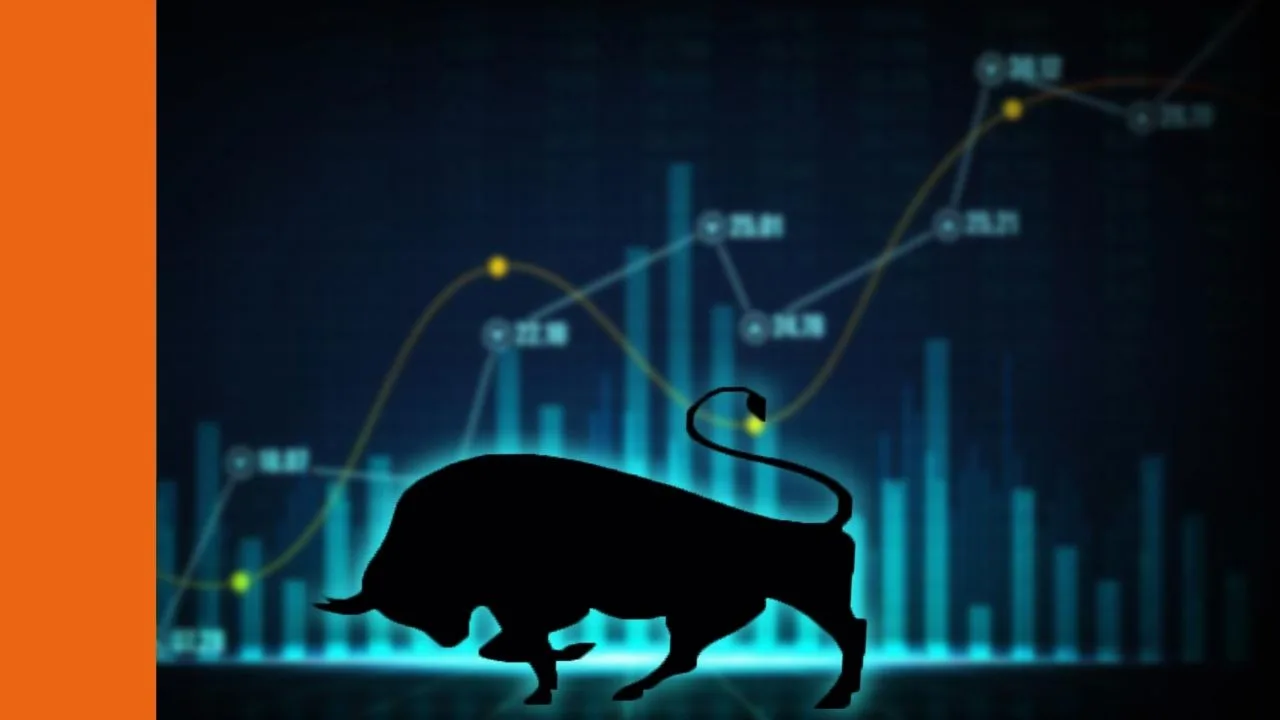BHP share price in focus
BHP Group, formerly known as BHP Billiton, is a diversified natural resources company founded in 1885. It produces a wide range of commodities used in energy production and manufacturing, and is expanding into fertilisers.
BHP’s primary business revolves around mineral exploration and production, with its assets and operations divided into three key focus areas: copper and related minerals (such as gold, uranium, silver, and zinc), iron ore, and coal (both metallurgical and energy).
BHP is widely regarded as a stable, dividend-paying investment and is a common component of ASX share portfolios. If you invest in a popular ETF, LIC, or through an Industry Super fund, chances are you already have some exposure to BHP shares.
The appeal of Resources shares
The S&P/ASX200 Materials Index (ASX: XMJ) has averaged 4.84% per year in capital growth over the last 5 years. That compares to the ASX 200 index which has returned 4.84% per year over the same period. Let’s take a look at why you might want a materials company like BHP in your portfolio.
Big dividends
While the capital growth goes through good periods, it’s really the dividends that most investors are interested in when assessing resource shares. After all, it’s what they’ve been known for for many years. Over the last 5 years the BHP dividend yield has averaged 6.86% per year.
Aussie materials companies like BHP have developed a good reputation of being reliable dividend payers. However, these are still commodity-driven businesses so the dividends (like the share price) can fluctuate quite a bit.
Growth potential
Mining is one of the backbones of our modern economy and the demand for things like iron ore, copper, and lithium is not going away any time soon.
In fact, the demand for a lot of precious metals is rapidly growing as the economy transitions to renewable energy. A lot of these materials are needed for things like electric car batteries and solar panels. Companies like BHP and Rio Tinto are investing a lot of money to put themselves at the forefront of this oncoming wave of demand.
BHP share price valuation
One way to have a ‘quick read’ of where the BHP share price is would be to study something like dividend yield through time. Remember, the dividend yield is effectively the ‘cash flow’ to a shareholder, but it can fluctuate year-to-year or between payments. Currently, BHP Group Ltd shares have a dividend yield of around 5.38%, compared to its 5-year average of 6.86%. Put simply, BHP shares are trading below their historical average dividend yield.
Be careful how you interpret this information though – it could mean that dividends have fallen, or that the share price is increasing. In the case of BHP, last year’s dividend was less than the 3-year average, so the dividend has been falling.
The Rask websites offer free online investing courses, created by analysts explaining things like Discounted Cash Flow (DCF) and Dividend Discount Models (DDM). They even include free valuation spreadsheets! Both of these models would be a better way to value the BHP share price.









